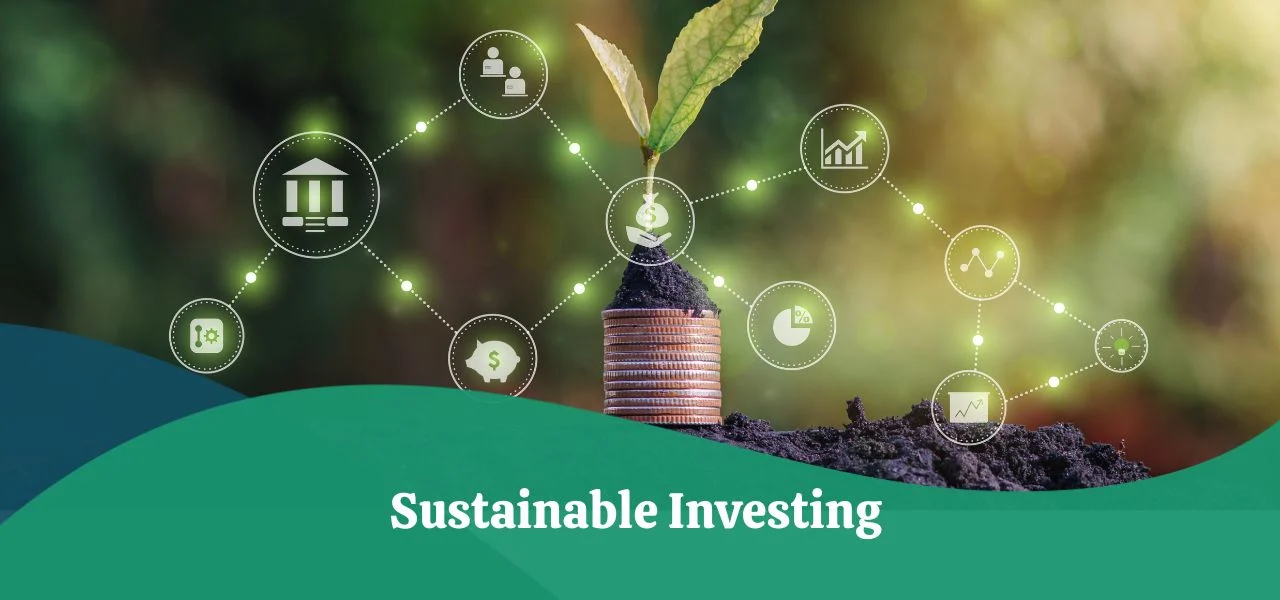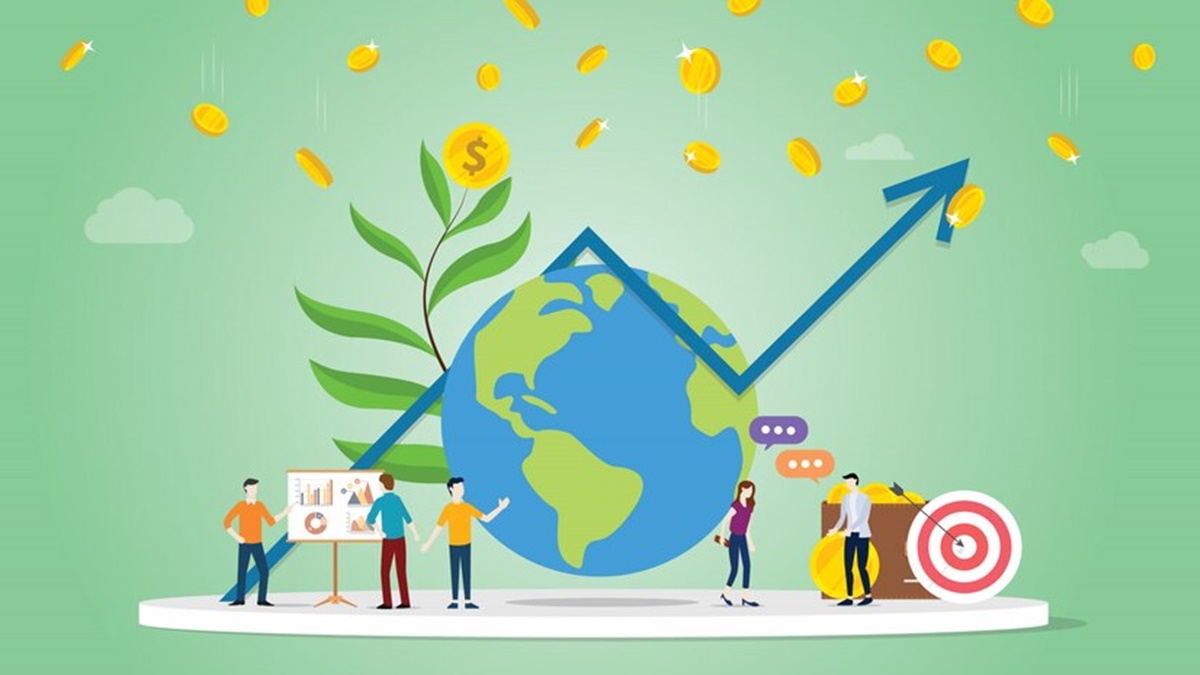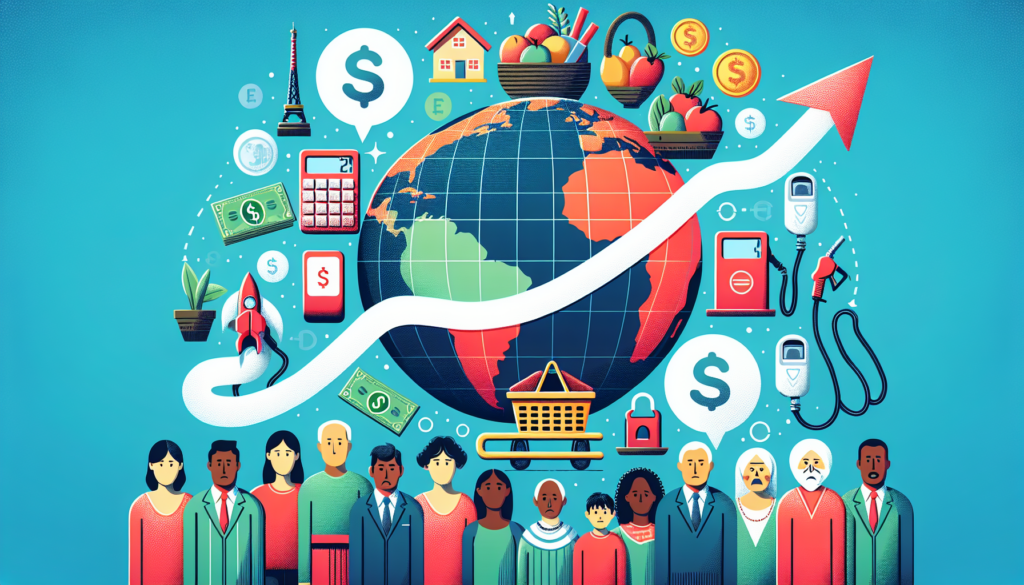In recent years, investing has gained a new dimension one that’s not just about profits, but about the planet. Known as green investing or sustainable investing, this growing movement is reshaping global markets by aligning financial returns with environmental responsibility.
From Wall Street to small local funds, investors are increasingly putting their money into companies and projects that aim to reduce carbon footprints, protect natural resources, and lead in climate innovation. In 2025, this shift is no longer a trend—it’s a transformation.
What Is Green Investing?
Green investing refers to the practice of choosing investments based on their positive environmental impact. This includes companies involved in:
- Renewable energy (like solar and wind)
- Electric vehicles (EVs)
- Energy-efficient technology
- Sustainable agriculture
- Water conservation and waste reduction
Many investors are also considering Environmental, Social, and Governance (ESG) criteria when evaluating companies, a broader framework that includes sustainability as a core principle.
Why the Sudden Surge?
Several factors have fueled the rise of green investing:
- Climate awareness: As the effects of climate change become more visible, more people are seeking to support solutions through their investments.
- Government policies: Many countries now offer incentives for clean energy and impose penalties on polluting industries, making green businesses more financially attractive.
- Consumer demand: People want sustainable products, and companies that offer them are seeing growth—making them appealing to investors.
- Financial performance: Contrary to past beliefs, many green investments are now delivering strong returns, challenging the idea that sustainability sacrifices profit.
Green Funds on the Rise
Mutual funds, ETFs (Exchange-Traded Funds), and pension funds are increasingly offering green investment options. Major financial institutions like BlackRock and Vanguard now include ESG portfolios, and new platforms allow everyday investors to easily invest in sustainability-focused companies.
In 2025, trillions of dollars are flowing into green assets, and the number is rising each year.
Sectors Leading the Way
Several industries have become key drivers in the green investing boom:
- Renewable Energy: Wind, solar, hydro, and battery storage companies are seeing major investments as fossil fuels face growing restrictions.
- Electric Vehicles: Automakers shifting to EVs—like Tesla, BYD, and even traditional giants like Ford—are at the center of green portfolios.
- Sustainable Tech: Companies developing efficient energy systems, green buildings, and smart infrastructure are attracting attention.
- Circular Economy: Firms focused on recycling, biodegradable products, and reducing waste are gaining value and investor trust.
Challenges and Criticisms
Despite the enthusiasm, green investing has its critics. Some raise concerns about “greenwashing”, where companies exaggerate or falsely claim sustainability to attract investors. Others question the lack of universal standards for ESG ratings, which can vary widely between agencies.
There’s also debate over whether all green investments are truly effective in reducing emissions or just symbolic.
However, efforts are underway to create clearer regulations and increase transparency in ESG reporting, helping investors make more informed choices.
The Future of Investing Is Green
As climate change continues to affect economies and societies, the demand for sustainable investment options is expected to grow. Green investing is no longer just an ethical choice it’s becoming a smart financial strategy.
For investors, this shift offers the chance to support companies that are not only profitable but also purposeful. For markets, it signals a future where financial success and environmental responsibility go hand in hand.
In 2025 and beyond, green investing is proving that it’s possible to grow wealth while helping build a better, more sustainable world.











